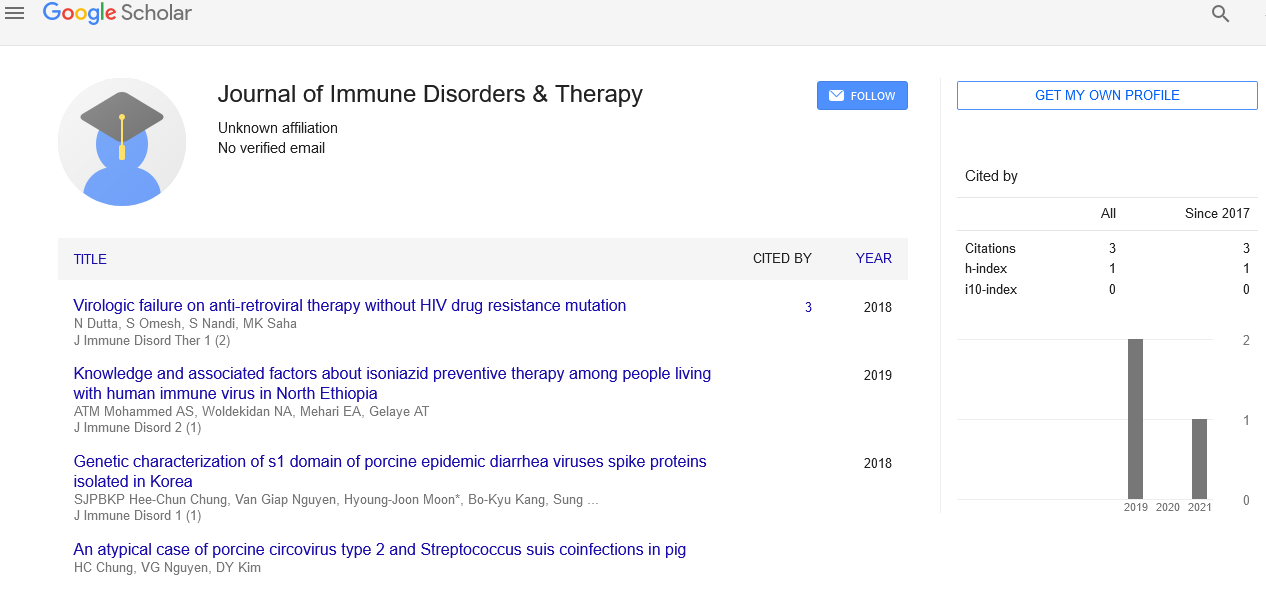
Sign up for email alert when new content gets added: Sign up
Oxsealife: Embarking on a new methodology to treat haemorrhagic shock that focuses on cell recovery
9th WORLD CONGRESS ON IMMUNOLOGY AND CANCER
December 09-10, 2019 | Barcelona, Spain
Lara Oller
Hospital La Luz, Spain
Keynote: J Immune Disord Ther
Abstract :
Haemorrhagic shock is the result of inadequate blood flow to meet the metabolic demands of organs resulting in a flow dependent impairment of oxygen consumption by cells. Severe hemorrhage and ischaemia triggers a cascade of intracellular events that induce mitochondrial dysfunction and multiorgan failure. Therefore, patient survival after severe haemorrhagic shock depends on restoration of microvascular perfusion, tissue oxygen delivery, endothelial function and cell integrity. We investigated a novel crystalloid fluid designed for tissue oxygen delivery, Oxsealife®, with components to generate microvascular nitric oxide and scavenge reactive oxygen species generated during ischaemia- reperfusion injury. The amount of dissolved oxygen in blood progressively increased during step- wise in- vitro haemodilution with this fluid, demonstrating that the oxygen solubility coefficient of blood is dynamic, not static. We performed a pilot study to compare resuscitation with this novel crystalloid vs whole blood transfusion in a swine haemorrhagic shock model with animals bled to an arterial lactate oxygen debt target. Despite contributing no haemoglobin, viscosity nor oncotic potential, resuscitation with Oxsealife® after severe haemorrhagic shock restored central haemodynamic parameters comparable to stored allogeneic blood transfusion. Tissue perfusion, oxygenation and metabolic outcomes were equivalent between treatment groups. Increased consumption of bicarbonate in animals given Oxsealife® suggested greater capillary recruitment and enhanced clearance of lactate accumulated in tissues. Serum markers of organ function, animal activity during recovery, and histological analysis of tissue morphology and endothelial glycocalyx integrity confirmed functional recovery from haemorrhagic shock. We conclude that recovery of tissue oxygen delivery and organ function after haemorrhagic shock is not dependent on treatments that increase haemoglobin levels. Oxsealife® shows promise for treatment of severe haemorrhagic shock, and may reduce requirement for allogeneic blood products.
Biography :
Lara Oller discovered the field of bloodless medicine and surgery when she was 12 years old and at that early age, she decided to commit her professional life to searching for the blood substitute. She studied medicine and was trained as anesthesiologist for this very reason. During her second year of training specialization she started and developed the project named “Oxsealife” which is an enhanced approach to haemorrhagic shock treatment and cell recovery after injury. The project also involves the renewal of the physiological fundamentals of oxygen transport. Professor Aryeh Shander, her dear mentor and associate, has been a highly valuable asset from the very beginning and now a recent collaboration with Wayne B Dyer has been achieved to expand animal studies before we get to human trials. She owns the Oxsealife patent and Dr Shander appears as a co-inventor. She is completely committed to this project and she is pleased to see it grow.
E-mail: oller.paris@gmail.com




